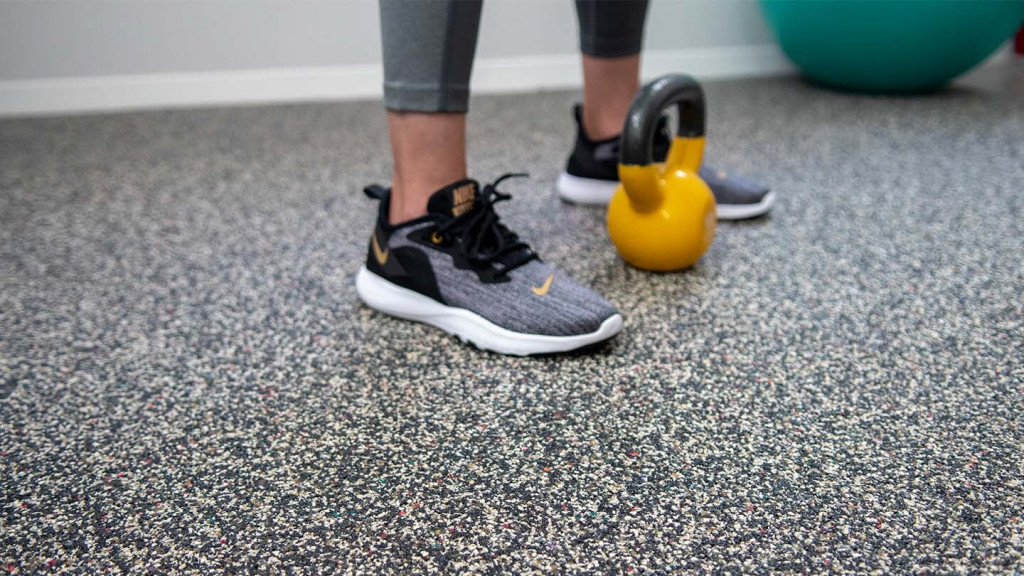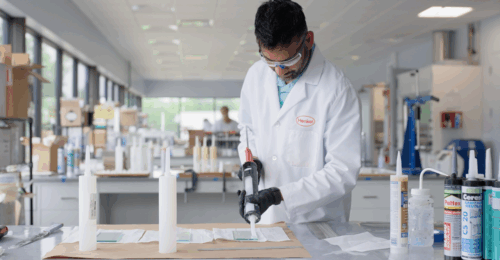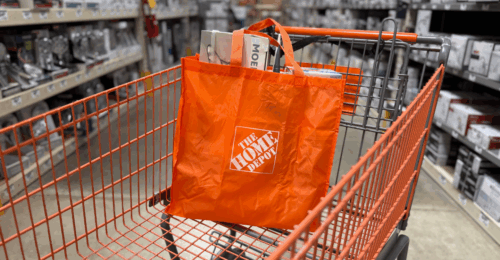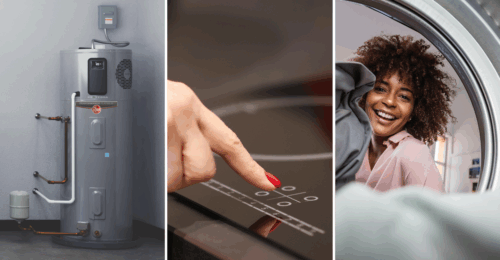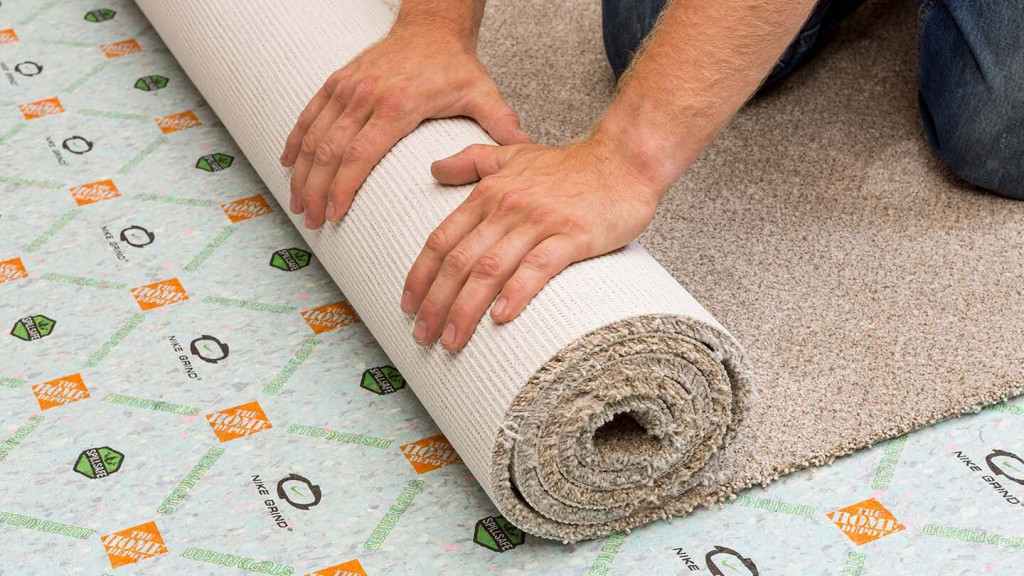
The Nike Grind program is part of Nike’s Move to Zero journey toward a zero carbon, zero waste future. Nike’s vision is a circular future in which the very concept of waste doesn’t exist.
Nike begins by designing waste out of its products and optimizing manufacturing processes. These key design and process shifts are critical to reducing Nike’s environmental footprint. Nike also recognizes that, no matter how efficiently it operates, there will still be some waste generated in the supply chain.
Reduce, Reuse and Recapture
The Nike Grind program helps reduce waste and reuse excess materials by recapturing them via a robust circular supply chain. To date, the Nike Grind program has helped divert 99.9% of Nike’s footwear manufacturing waste from landfill and incineration. The Nike Grind program provides a powerful example of how brands across the footwear and apparel industries can advance supply chain circularity with breakthrough innovations that give waste a new life and prevent it from entering landfills.
Nike Grind and The Home Depot Bring Sustainably-Minded Products to the Market
For the past 10 years, The Home Depot has been the exclusive carrier of Future Foam StepAhead carpet cushion made with Nike Grind. StepAhead is made with 90% recycled material, including Nike Grind premium foam scrap, earning it the CRI Green Label Plus rating for low VOC emissions and helping projects qualify for LEED building points.
To date, over 53 million pounds of Nike Grind foam have been recycled and given a new life in StepAhead carpet cushion in an estimated 2 million US homes.
Newer to The Home Depot are the TrafficMaster gym flooring tiles featuring 75% recycled rubber, including Nike Grind rubber. Made from excess material collected from Nike footwear manufacturing, TrafficMaster tiles are designed for safer, comfortable exercise sessions. TrafficMaster tiles are also engineered to dampen noise and vibration while standing up to the toughest home workouts.
